After being in the mobile enhancement industry for more than three decades, I’m rarely surprised when one of my peers relates something weird a car audio customer has said to them. In this fun article, we’ll look at some of the most common things we’ve heard and explain why they might cause an eye to twitch.
The Call for Help!
“I hooked everything up right, but it doesn’t work” is perhaps the most paradoxical statement possible. How can it be right and still not function? When a salesperson or installer hears this extremely popular statement, our first thought is, “Well, then, you didn’t hook it up correctly.” Of course, most shops would be more than happy to take a two-minute look for an obvious issue. In most cases, you’ll need to book an appointment to have one of the technicians go through the wiring and check all the connections. Expect there to be a minimum charge of at least one hour of labor.
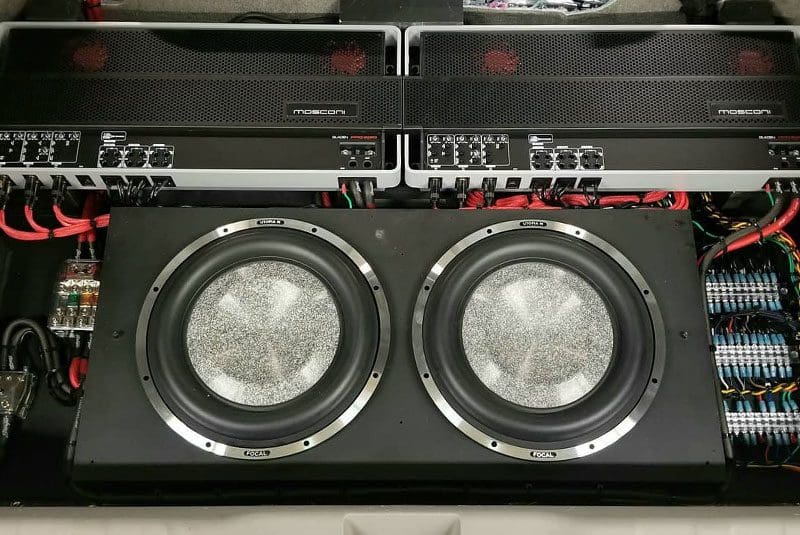
When You Don’t Understand Gain Structure
“I only had the gain set to half” is a phrase that makes anyone who understands audio signals shiver in fear. This statement demonstrates a fundamental misunderstanding of the purpose of an amplifier’s sensitivity control and why it must be set properly. This comment is usually presented as a rebuttal to a professional’s observation that a speaker or subwoofer has been overpowered and damaged.
Accurately and appropriately setting the levels on an amplifier depends on the power production capabilities of the amplifier, the efficiency of the speakers connected to the amp, the maximum output voltage capability of the product feeding the amp and the overall design of the audio system. “Half” in this context doesn’t mean the amp will only make half its rated power.
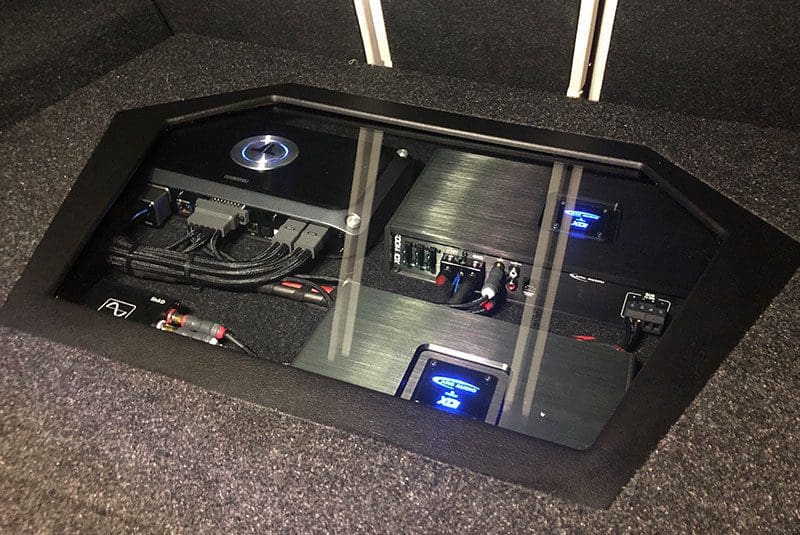
Pricing Inquiries in the Land of Confusion
Asking “How much to install my stereo?” is like asking how much a car or diamond ring costs. With so many variables affecting the price, the only viable and accurate answer would be for a retailer to quote their hourly rate and advise that parts will be required. For a more accurate answer, you’ll need to specify the make, model, year and trim level of the vehicle and all of the components you integrated into it. Most professional shops will ask that you stop by with your vehicle. If custom fabrication is required, you can expect additional consultation and design time.
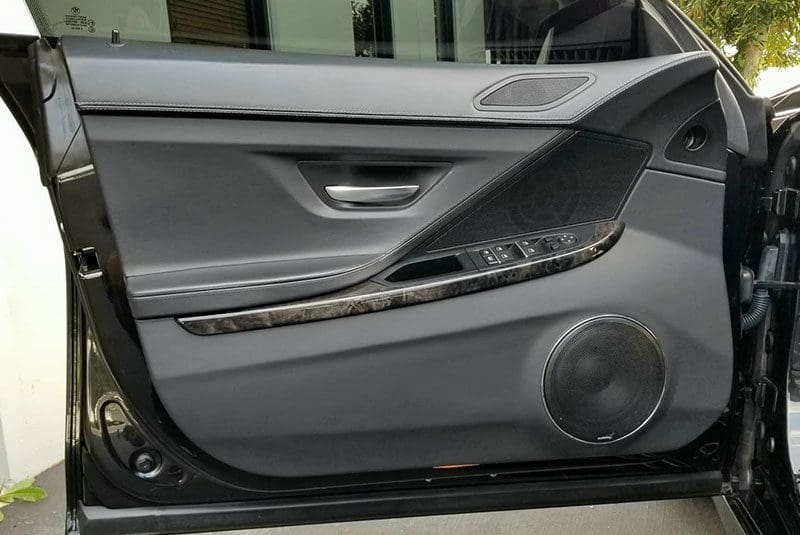
When Physics Fails Us
“It’s probably just a loose wire” is a weak and inconclusive diagnosis of an audio system, remote starter or security system problem. This statement tells the technician that you don’t have the skills to evaluate why something isn’t working accurately, or that you are attempting to downplay the complexity of an issue. Troubleshooting vehicle upgrades is often a difficult and time-consuming task. The issue could be related to the installation and an electrical connection, but it could also be a component failure. For remote starters, changes to the software in the vehicle are notorious for causing aftermarket upgrades to malfunction. An appropriate amount of time must be allocated to diagnosing the issue and developing a resolution.
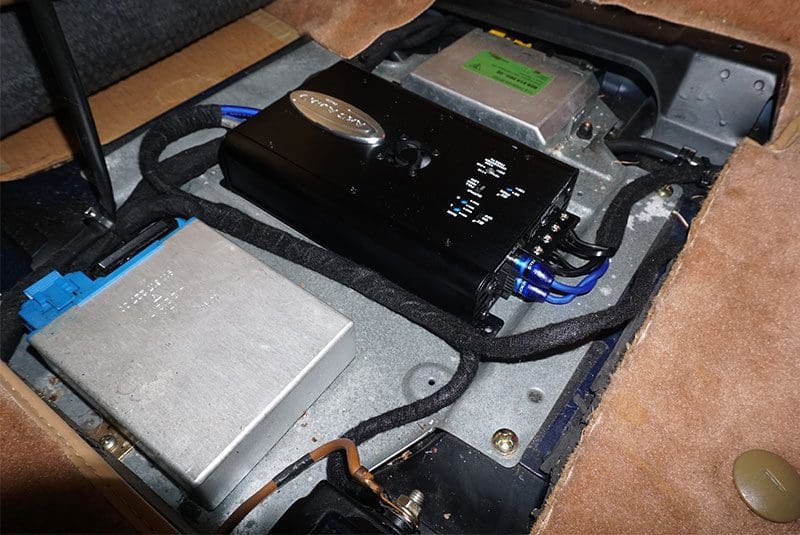
You Came to An Expert
“I saw this for less on Amazon” is about the worst thing you can say at a car stereo shop. Most salespeople would love to tell you to buy it on Amazon, then remind you to ask Amazon how much they charge to install it. When you visit a specialty mobile enhancement retailer, you’ve made it clear that you understand why an expert is the only one who should be working on your car or truck. You’d never tell a plastic surgeon that your neighbor who used to be a butcher at a grocery store could do the work for less.
We know that getting good value for your investment is essential. None of us wants to waste money. When you buy from a brick-and-mortar retailer, you not only get the product, you get expert installation and long-term support for the product if you have questions or issues. Amazon can’t and won’t offer that.
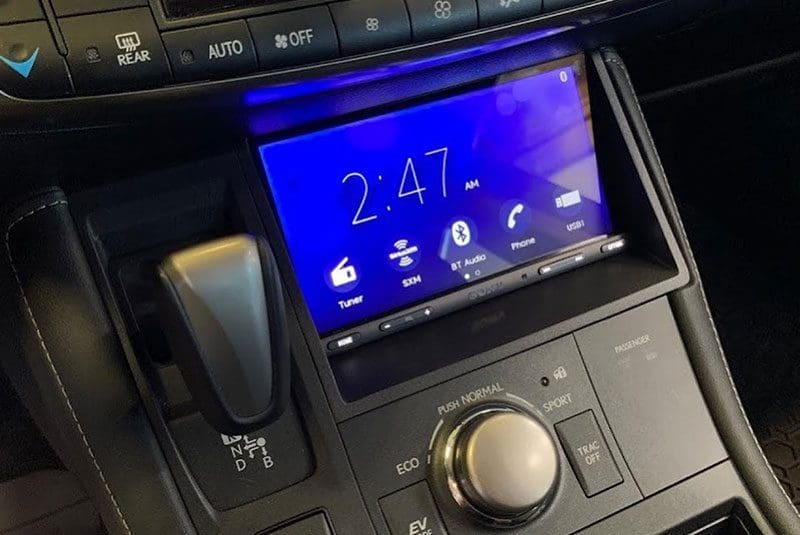
The Specific Budget Statement
Adding the detail that “I’m not trying to win any competitions” usually means that you have a specific or limited budget in mind. It’s much easier to tell the salesperson how much you want to spend. They can reverse-engineer the product, supplies and installation costs from that target price to give you the best performance possible. There’s no shame in not wanting to spend $10,000 on an audio upgrade. Yes, five-digit installations are more common than you’d think. Just be transparent and honest about your expectations and budget.
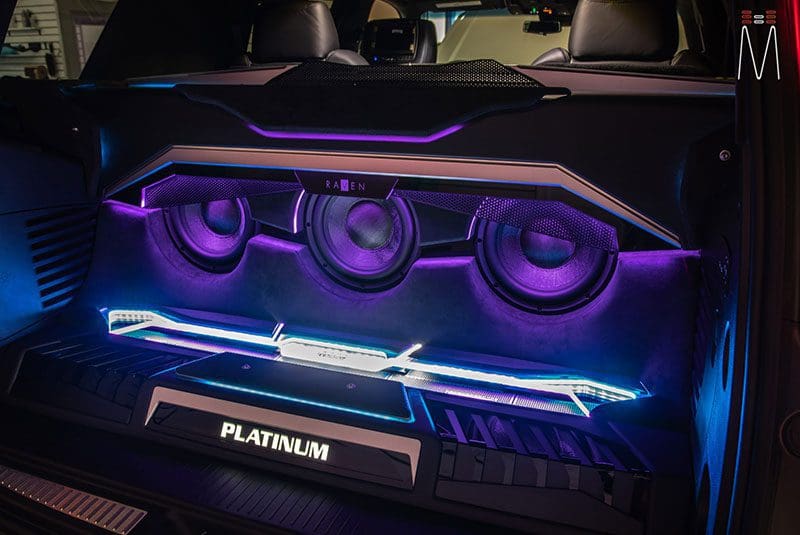
Back to the Future
If you leave your vehicle with a retailer and say, “No hurry; get to it when you can,” please don’t call every two hours to find out if it’s done. Most shops have schedules that allow for only a few minutes between projects for technicians. When you drop the car or truck off, they will put it into their schedule. If you need it done by a specific time, you should let them know before booking an appointment. If you need it back early, you’ll likely have to take it without any work having been completed.
Misunderstood Complexity
Many manufacturers claim to offer “plug and play” harnesses for radios, remote car starters and amplifier connections. The reality is, this is a very poorly worded phrase. It’s rare that all that has to be done is to plug something in and everything will work. In the case of a remote starter, the system needs to be programmed to the vehicle. Likely an antenna will need to be run up the A-pillar and mounted to the windshield. The control module needs to be secured. In some cases, there are additional wires that still need to be hardwired. Most importantly, the system needs to be tested thoroughly. It also takes time to remove and reinstall trim panels and vacuum up any tape or wire trimmings on the floor.
The reality is, these harnesses, cables and modules should simply be called “vehicle specific.” While they do save installation time, a significant amount of work may still need to be completed in order for everything to work reliably.
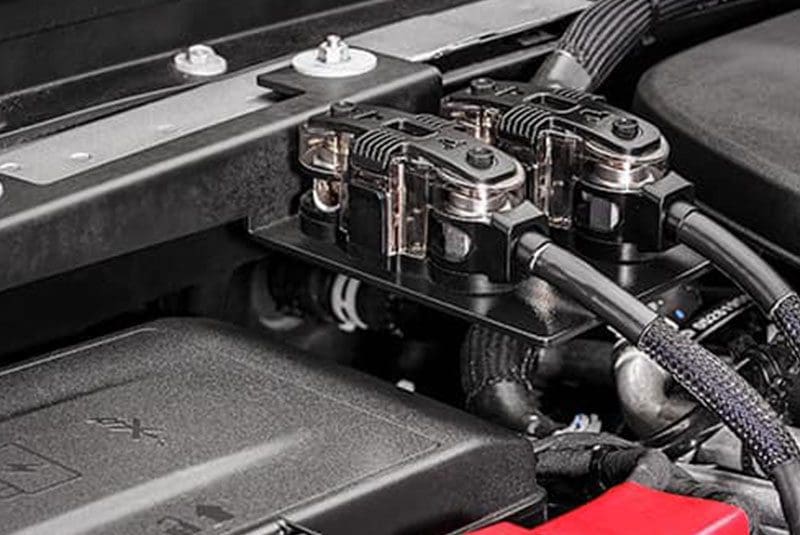
The Misguided Expert
If you plan on telling the salesperson or technician that you “used to be an installer,” are an electrical engineer or know how to program computers, expect a response that’s akin to a blank stare. Audio system integration has become exceedingly difficult in the last decade. The features and designs of modern audio systems use data communication and advanced signal processing that can, in some cases, make it almost impossible to upgrade certain components. Having knowledge of how electricity works in a circuit doesn’t translate into having the specific skills required to take a vehicle apart, know what wires to look for and how to test them, or how to maximize the performance of an audio component.
Find an Expert and Trust Them
We’ve said it many times: When shopping for upgrades for your vehicle, it should be your goal to find the most qualified technician possible to do the work. With that established, you’ll want to choose components that offer exceptional reliability and performance. We know that it’s often challenging to find properly trained technicians in some areas. With that said, potentially sacrificing the reliability of your vehicle or not getting the most from your upgrade investment shouldn’t be an alternative. Many shops can make arrangements for a rental car and have suggestions for hotels if you need to travel to get work done. At the very least, your vehicle is worth thousands, if not tens of thousands of dollars. Don’t let just anyone work on it.
Once you’ve found the right company to integrate the upgrades you want, work with them. Don’t hold back information, ideas or concerns. Be open and honest, and the entire project will take less time and likely produce better results.
2015 Lexus GS350 F Sport Lead-In Image courtesy of Musaic Audiophile Design in Lewes, Delaware.

